Istanbul is the biggest city in Turkey, being the economic center and where the Sultans of the Ottoman Empire used to reside, sitting across the boundary between Europe and Asia along the Bosporus strait. It has seen the history and the transition of Turkey into modernization. It was not an easy transition in the early 20th century, and it was wise of Mustafa Kemal Atatürk (Atatürk means “the father of Turkey”) to choose Ankara to be the capital to ease the tension of this transition at that time. I admit that we only had very superficial ideas about Turkey before we went to Istanbul, and yet every place we visited told us its story vividly. If Istanbul were a person, it would have been a devoted man willing to adapt while keeping his identity.
There are mosques everywhere: some are grand, some are homey; some are newly renovated, some are bearing the marks of time. However, no matter which mosque we enter, there are faithful men and women praying in them, especially on Fri, when it is a holy day when all men are required to come to a mosque, and it’s optional for women. Understandably, women may be busy taking care of the children and house chores. If going to a mosque, women will go to a designated side area. No one is policing if someone there is praying or not, though. Many kids come with their moms and just roam around. It is the atmosphere that makes everyone willing to follow what others are doing. The praying sequence is a full-body movement, and it is beneficial to separate the males and females. There are many shops in town selling the smallish rectangular rugs, which are not for floors at home, but for people to carry to mosques or wherever they go to pray.
When people pray, they face towards the city of Makkah and specifically to the Ka’abah (an empty wooden box in the size of a big house), built around a sacred black stone, a meteorite that Muslims believe was placed by Abraham and Ishmael in a corner of the Kaaba, a symbol of God’s covenant with Abraham and Ishmael and, by extension, with the Muslim community itself. Every day is divided by five significant time instances, which are decided by the sun’s cycle, so they are not fixed each day. Supposedly every Muslim would pray once during each time segment. With the advancement of technology, people can now use the Qibla compass or Qiblah compass to decide the direction towards Ka’abah, use an app to alert the five times in a day, and use loud speakers to broadcast the call for prayers from the mosques clearly audible by the community.
Before one goes to the mosques to pray though, s/he is supposed to do ritual cleaning of one’s face, head, ear-back, neck, hands and arms, and feet, which is refreshing, at the ablution site. It is an engineering achievement to supply the fresh water, likely through cistern, even during those old days.
Wherever one goes, s/he will likely see cats and dogs. We could call them stray ones, and yet I honestly think that it would be more appropriate to regard them as being petted and fed by the whole city, or maybe we should say that they own the city. Cats are regarded as spiritually clean animals by Muslims. We sometimes saw cat food spread on the roadside, and I even saw a policeman, wearing all his bells and whistles, including guns, take a cup of water and bend down to feed a cat in such a gentle way. The dogs often have numbered tags on their ears, and they should have gotten their vaccines and all. Being well fed and having seen so many people, the cats and dogs here do not even bat an eye when people approach them, emitting such a feel of “I am the king/queen”.
There are also many other attractions and museums, such as the old Topkapi Palace, the new Dolmabahce Palace, the Galata Tower, the Dervish (like monks) whirling as a form of prayer (their right hand opens up to take from the God and the left hand’s palm facing down to bring it to the Earth and the people), the Rumeli Fortress, and many others.
The drivers in Istanbul are especially competent. The driver who picked us up from the airport drove a big and tall van. After he entered the crowded town area, he could pass the narrow space caused by two cars parked on both sides of the road, when he had to fold his driver-side rear-view mirror during passing. I took a photo of a car that parked right next to a wall with the rear-view mirror folded, as shown below, and this is a norm rather than rarity. There are even a museum and pet restrooms in the airport.
The food is tasty and fresh, with mainly beef, lamb, chicken and fish in the meat category, but not pork (regarded as not spiritually clean). All the fruits and veggies look as if right from the garden, and especially the figs that are huge and so juicy.
There are lots of blossoms. Some trees and bushes are interesting, too.
Overall, Istanbul is such a charming city, inheriting a rich culture from the Ottoman era, while being vibrant, welcoming, and authentic. Did I say that Ottomans loved domes and marble? Maybe you had already figured it out from the earlier galleries. No matter the architecture is a mosque or a church, it will have domes, many domes. It would have taken quite a bit of craftsmanship to build such structures, but they are truly stunning, and structurally sound. The marble is the kind of material that lasts forever, and it is so smooth to the touch. Since we visited in summer, the marble was warm to the touch with slight coolness, which felt wonderful. Some steps and door thresholds made with marble might have dented given years of usage, but they still held their shape. In comparison, the limestone structures tend to have more of a porous feel now. Again, mosques don’t have to be domes, as shown by many other mosques around the world, as they tend to look like whatever the local culture would prefer. Well, if we see many domes and marbles in a structure, perhaps it’s influenced by the Ottoman era.
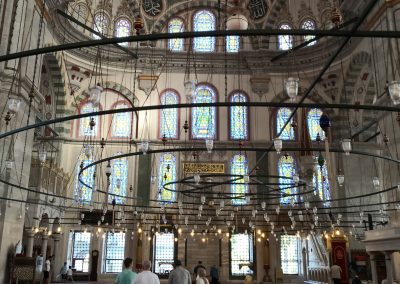
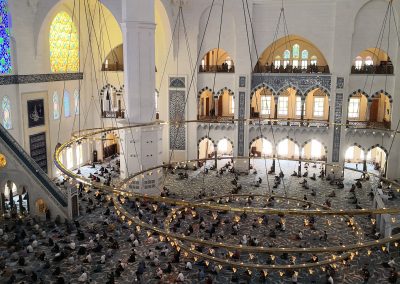
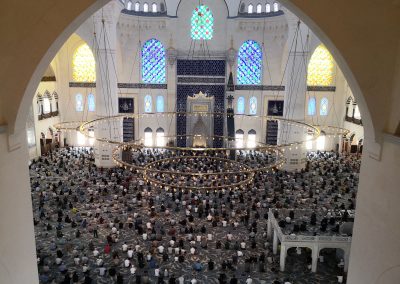

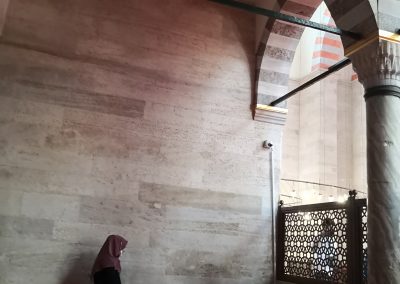
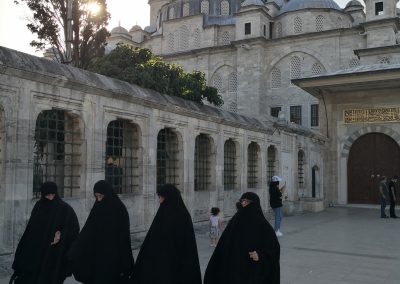
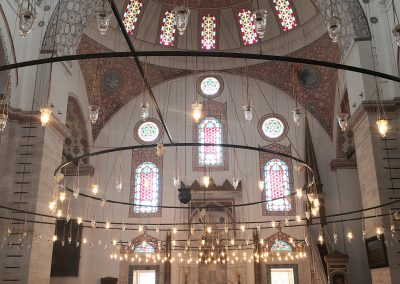
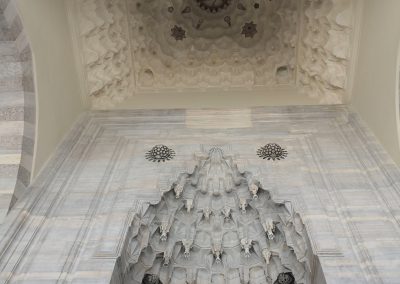


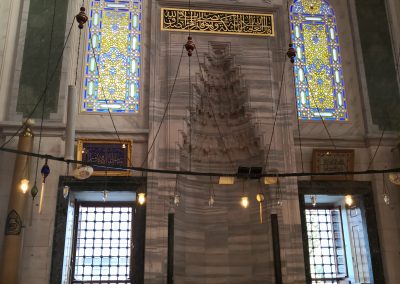
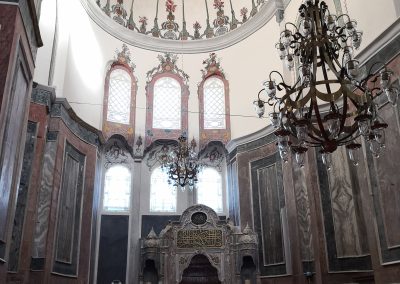
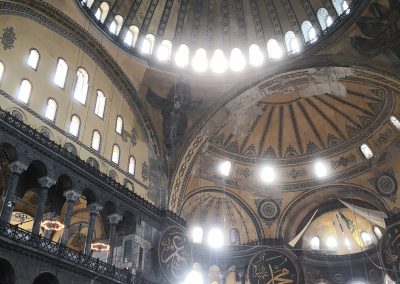
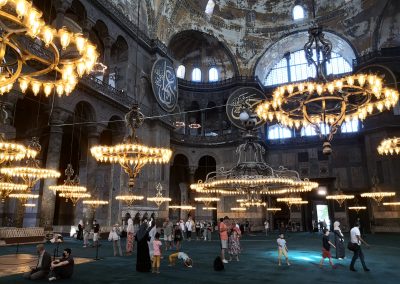





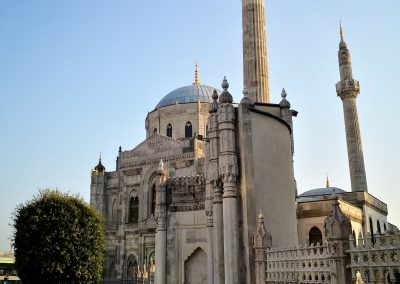
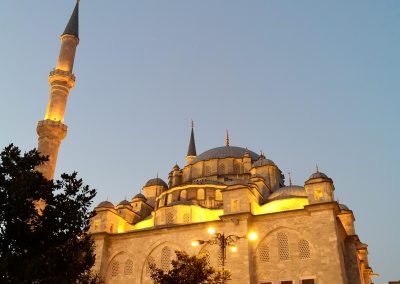

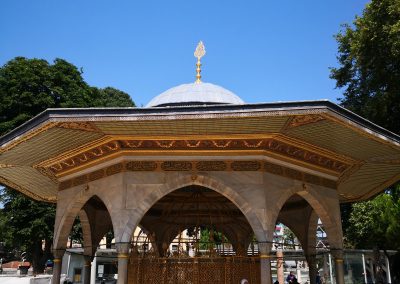

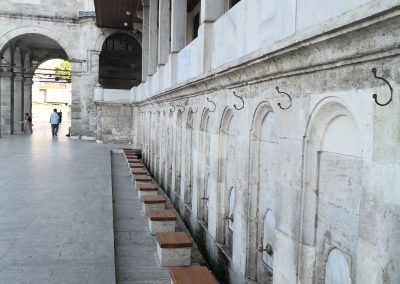
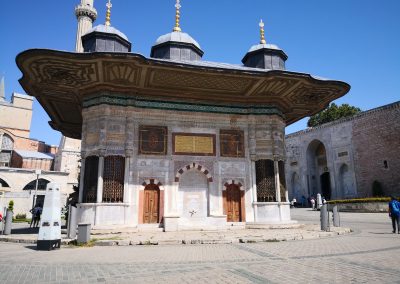
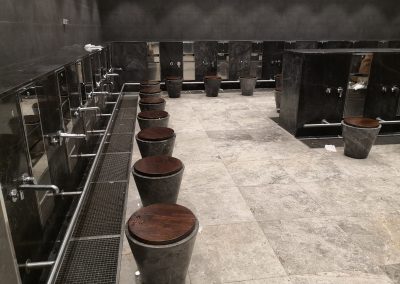

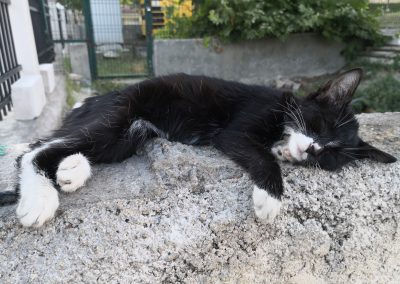




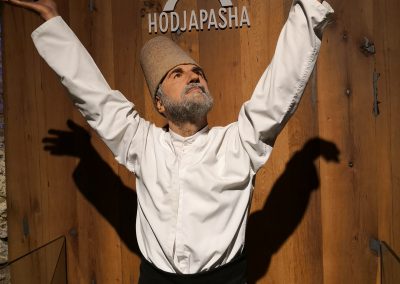
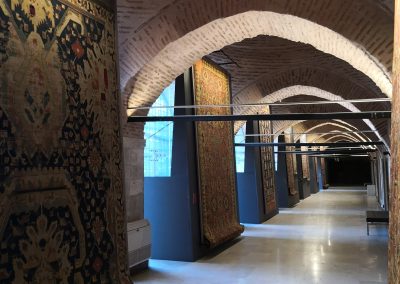

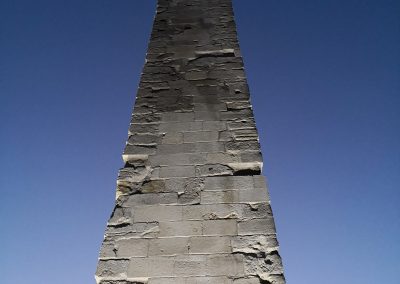
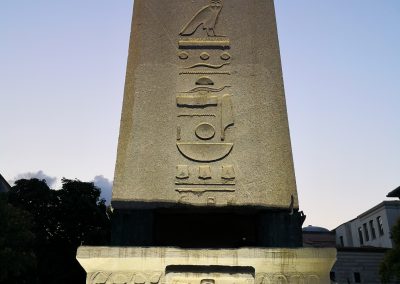
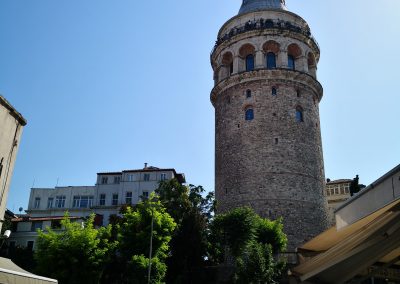
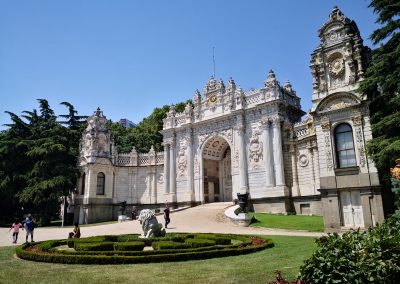
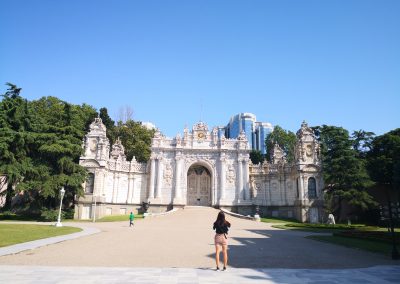
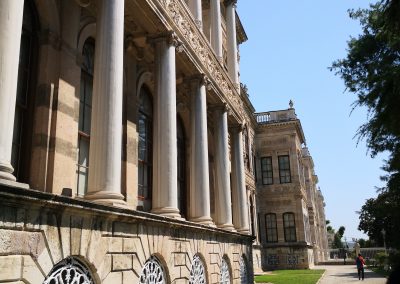
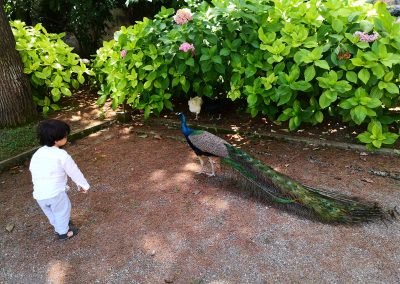
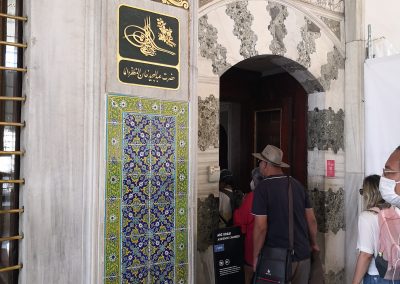

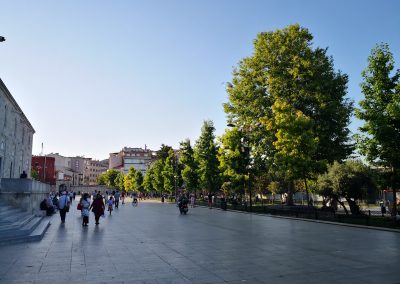
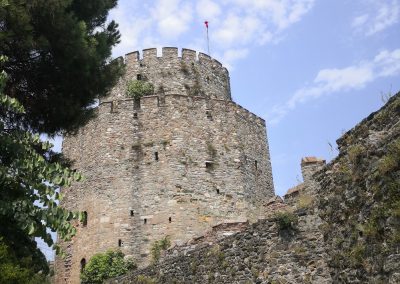
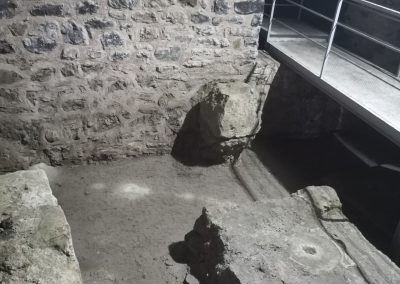
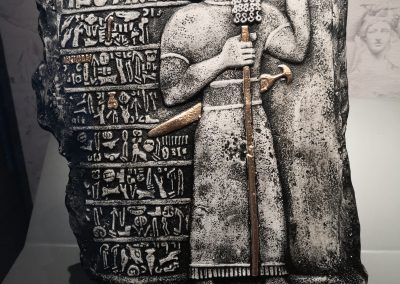

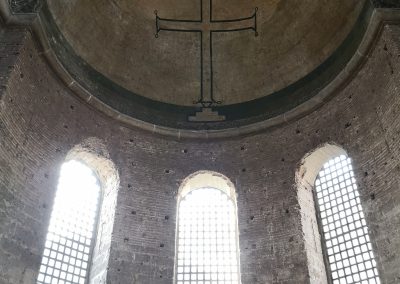
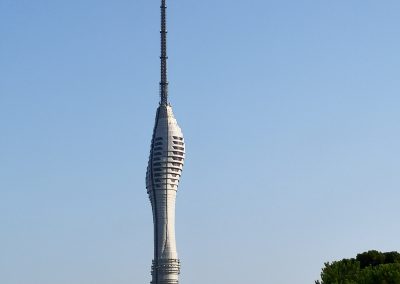
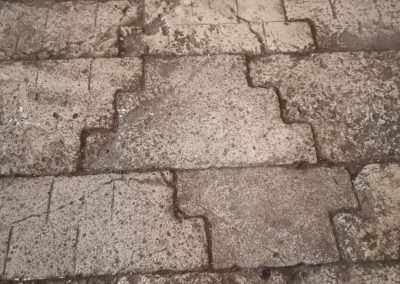
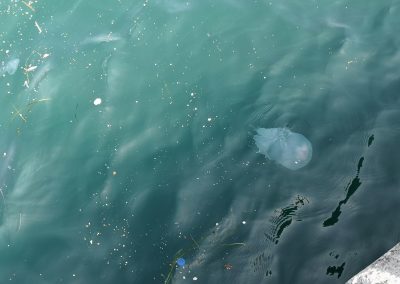
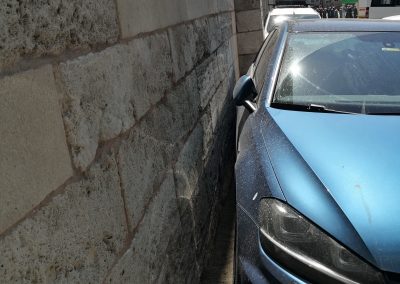


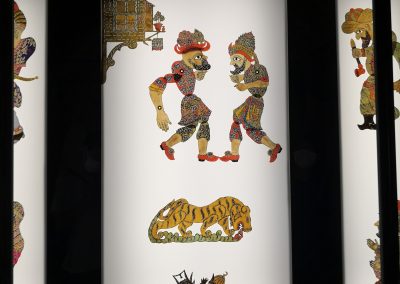

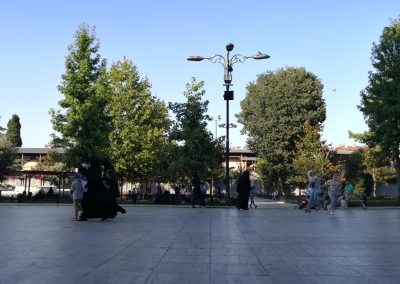
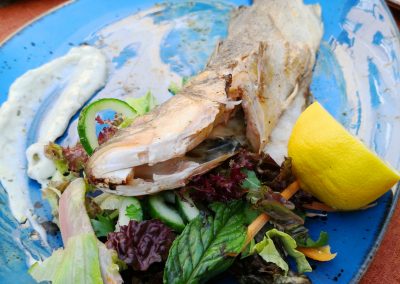
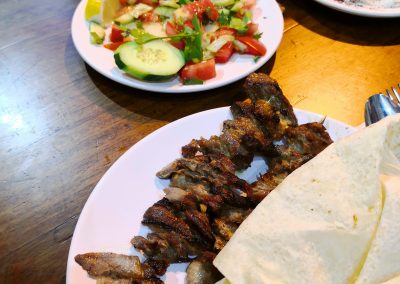


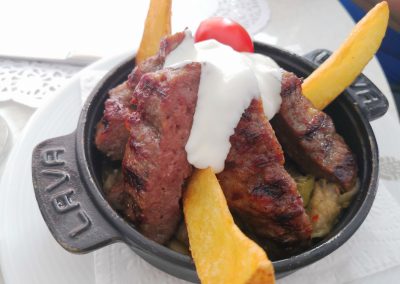
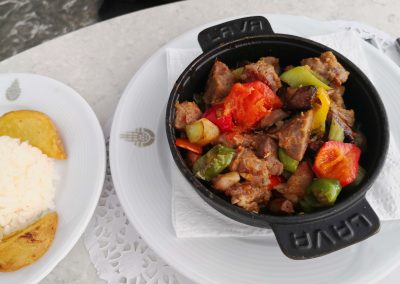

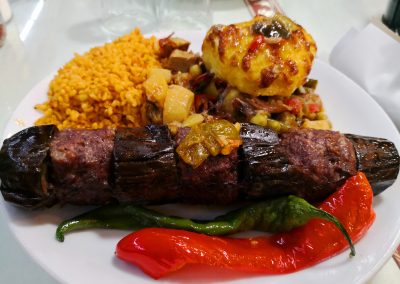

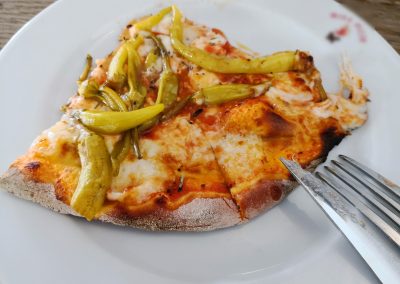
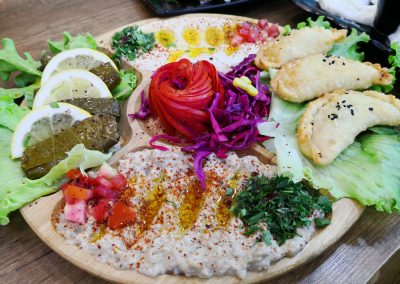
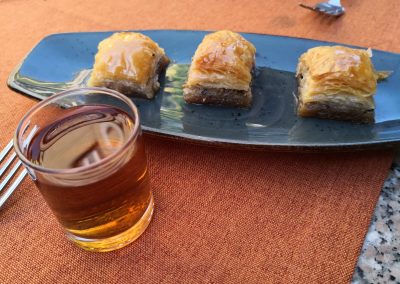

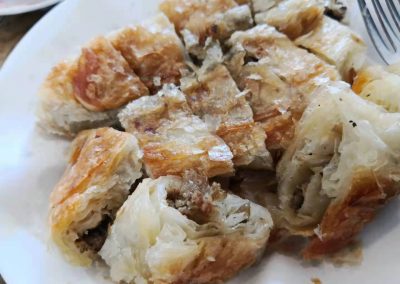
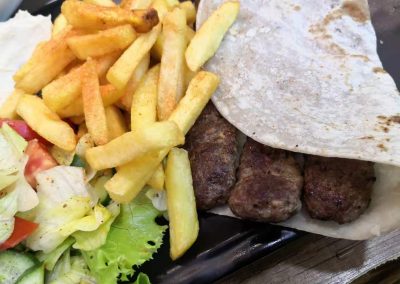
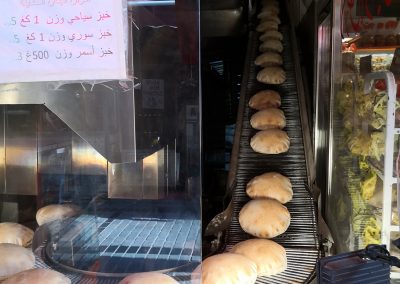
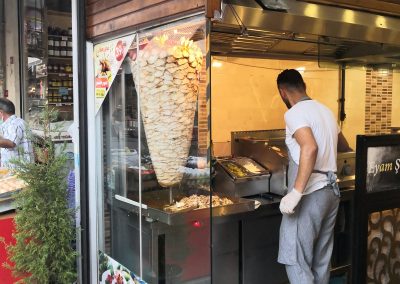

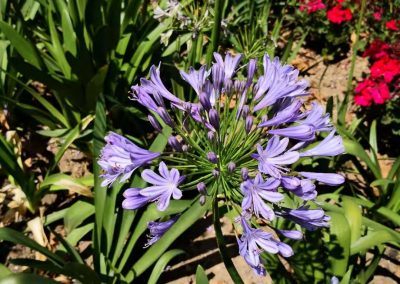
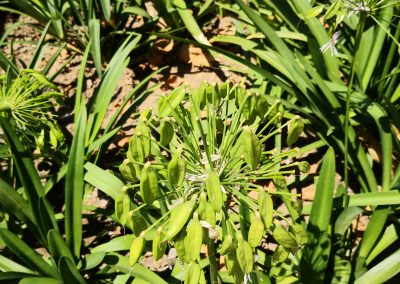

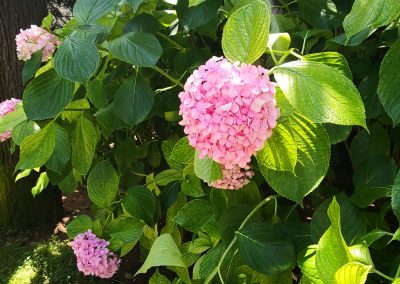

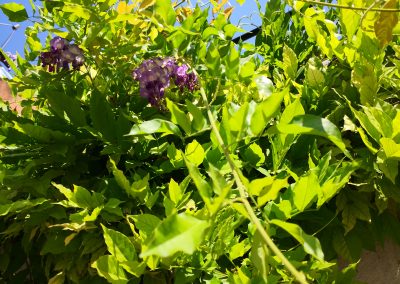
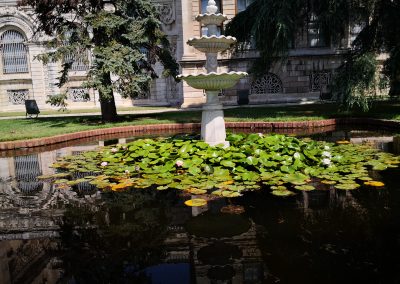
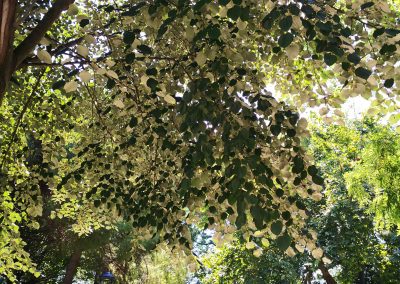

Yanjun, thanks for documenting your trip and sharing it with us. It is such an important and beneficial service. You caught so many beauties in details that made me impressed. Seeing Istanbul from a foreign engineer’s perspective was so enjoyable. You are a good observer, learner, and teacher. You summarized the history of Istanbul blended with your own thoughts/experiences so well. You should prepare a booklet to serve as a tourist guide 😉
Just two little corrections:
1. Kaaba is not a wooden box; it is believed to be the first building in the world which was destroyed during the Noah’s flood, and then rebuilt by the Prophets Abraham and Ishmael. It symbolizes the unity of God that’s why Muslims turn their face to that direction when they pray wherever they are.
2. Muslim is the person whose religion is Islam. So, “Muslims” should be used instead of “ Islams.”
Again, thanks for sharing your trip.
Dear Berna, thank you so much for sharing your thoughts and all the suggestions you gave us earlier! We have visited many places that you recommended. I wish that we had more time to get to know Istanbul and other towns in Turkey better. A few places were temporarily closed, likely due to the pandemic, and we’ll see when we may visit them in the future.
Also, thanks a lot for the corrections!
1. It is really hard to update the post to do the justice for Ka’abah, and here’s a link if other visitors want to see how it looks like: https://foundtheworld.com/kaabah-makkah-saudi-arabia/ The Ka’abah has been renovated several times throughout the years, and some of the old keys are now stored (a few of them are on exhibit) in the Topkapi Palace. It is an amazing and holy place.
2. I have crossed out Islams and inserted Muslims there. Thanks for pointing it out!
Thanks Yanjun!